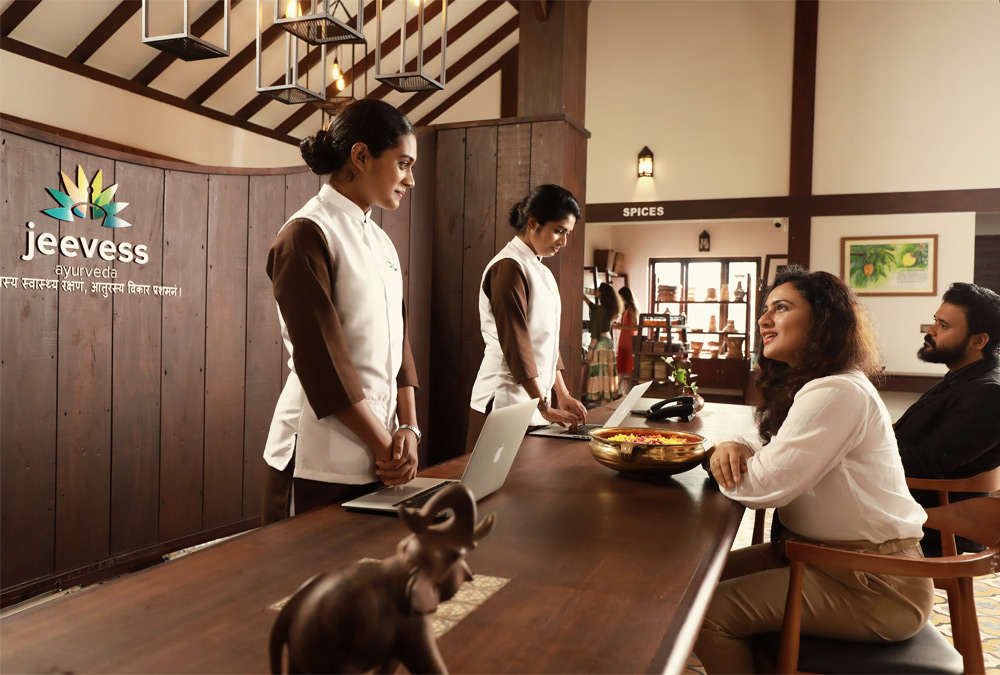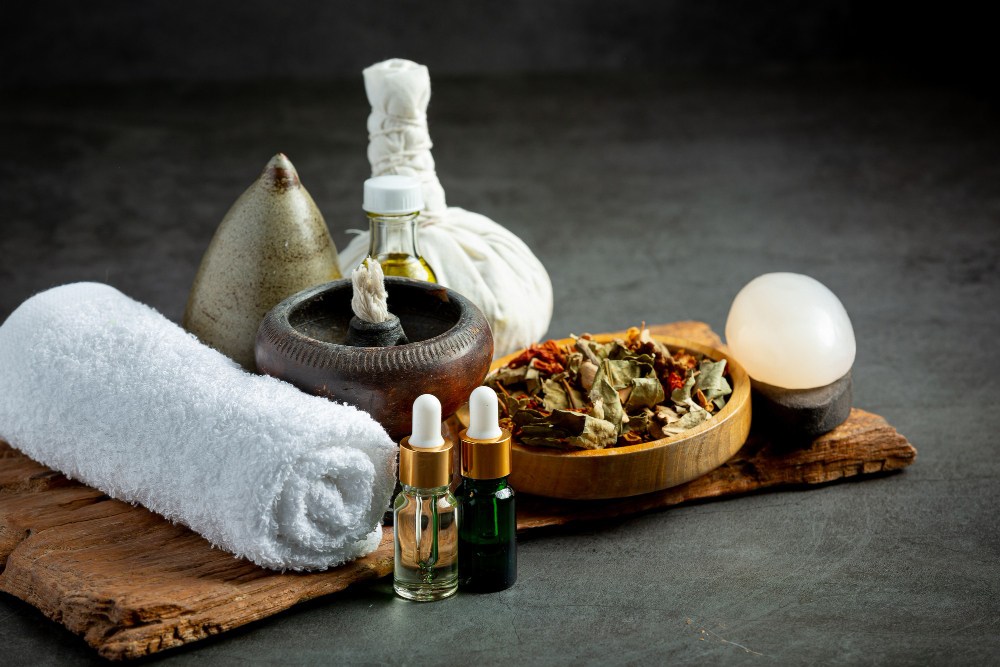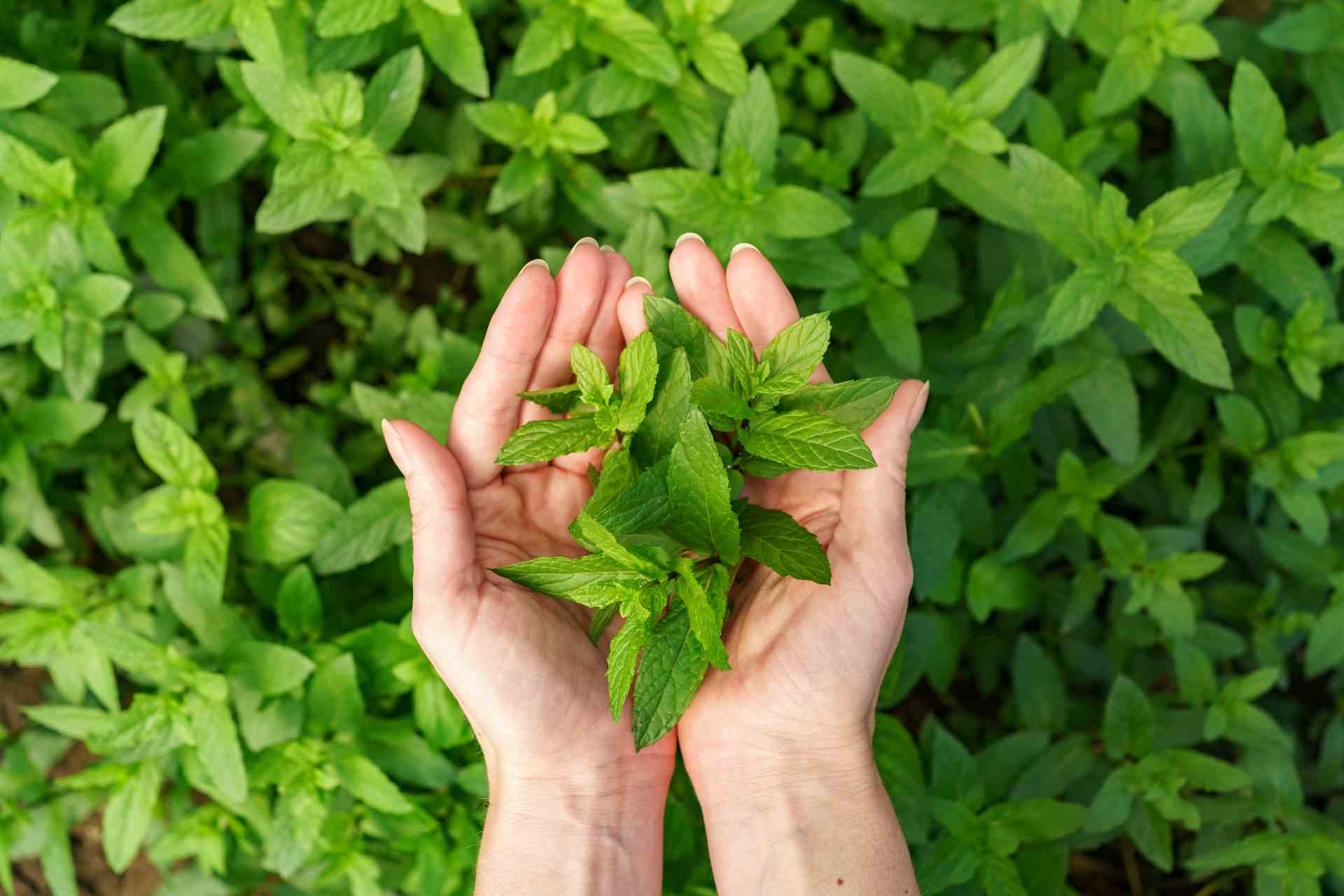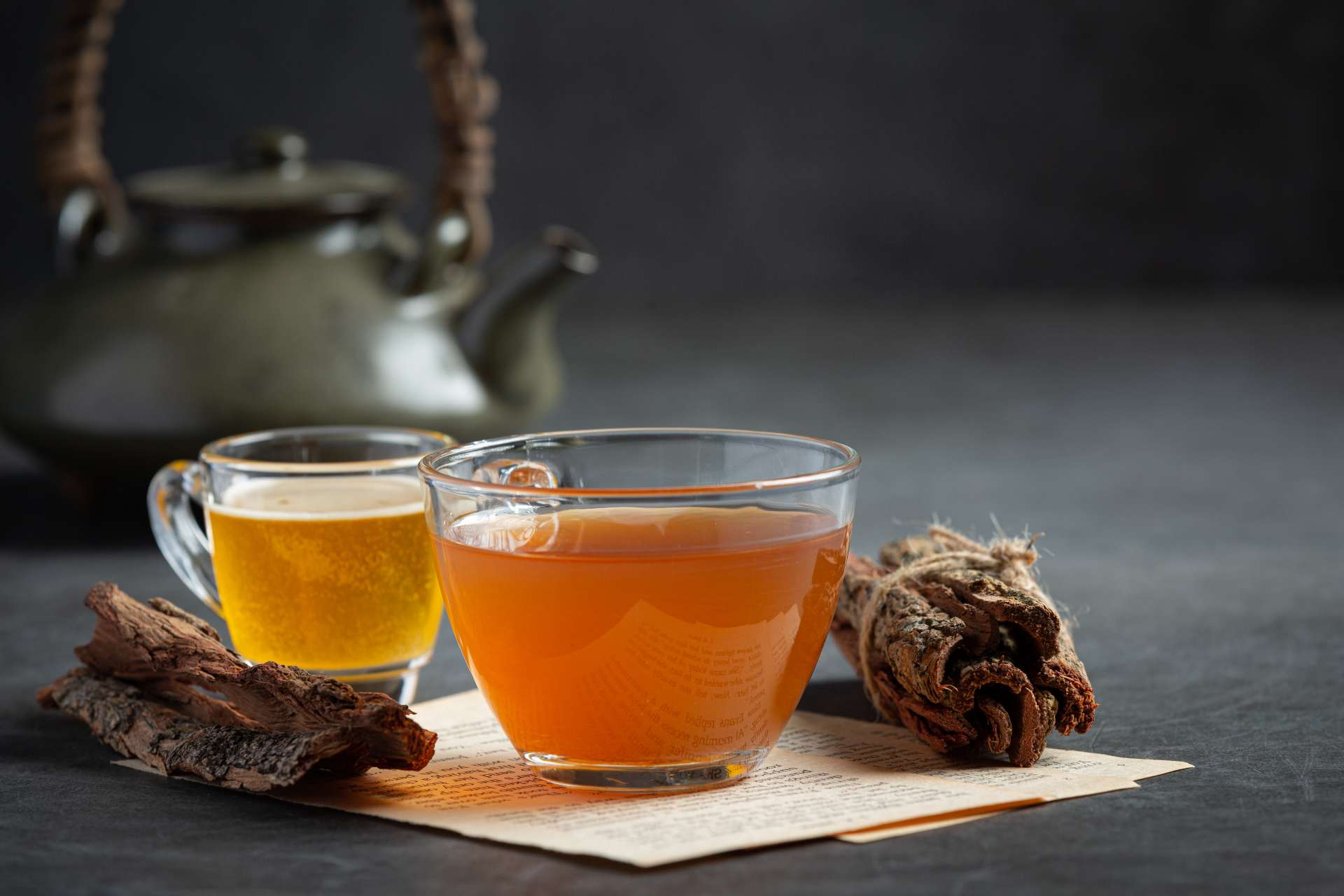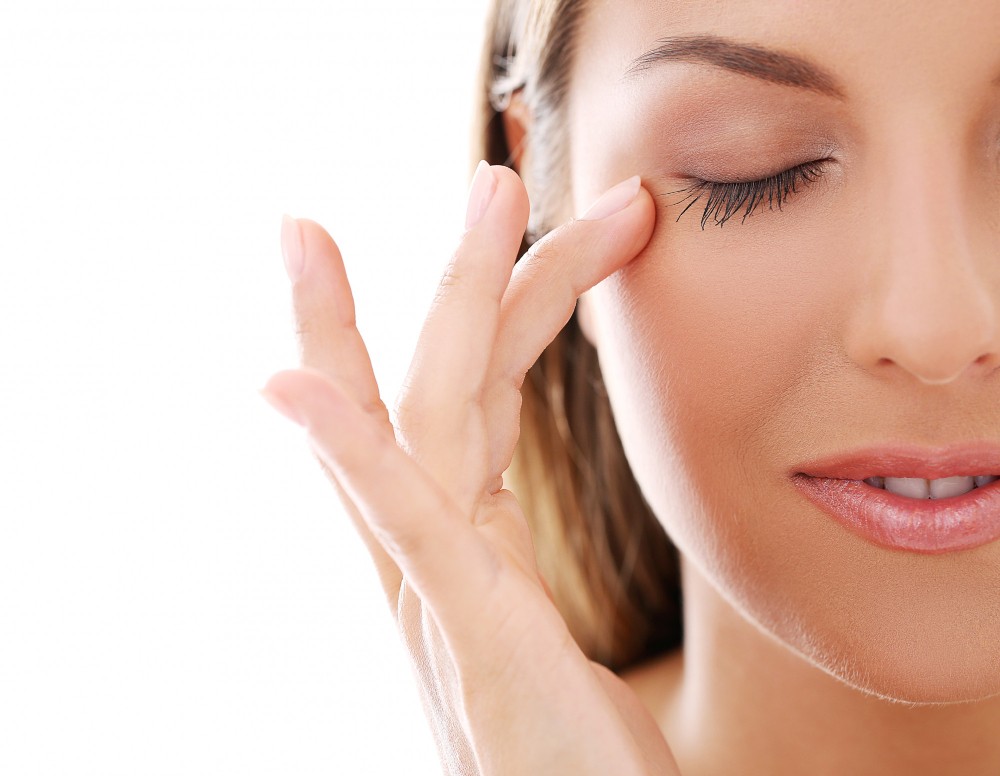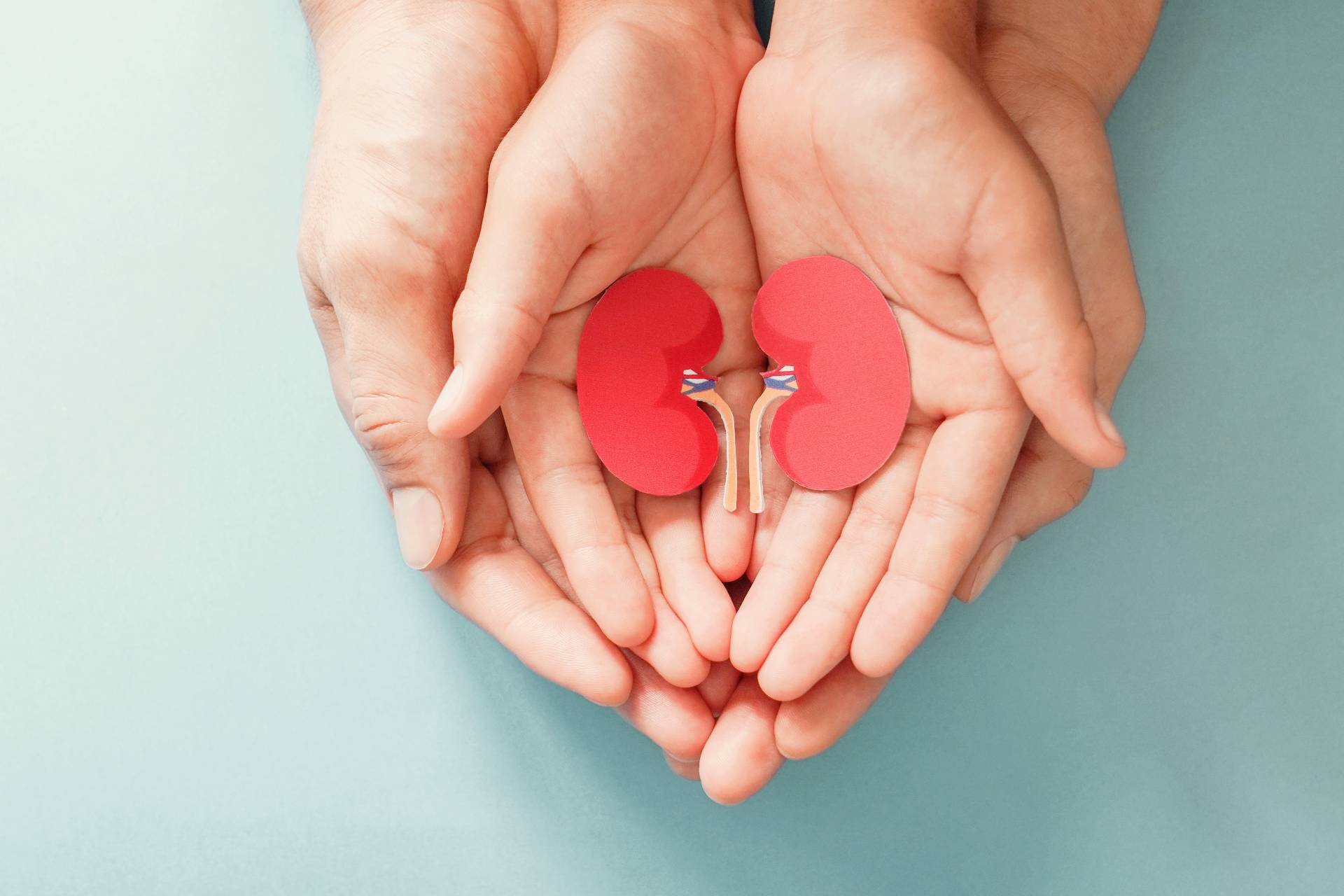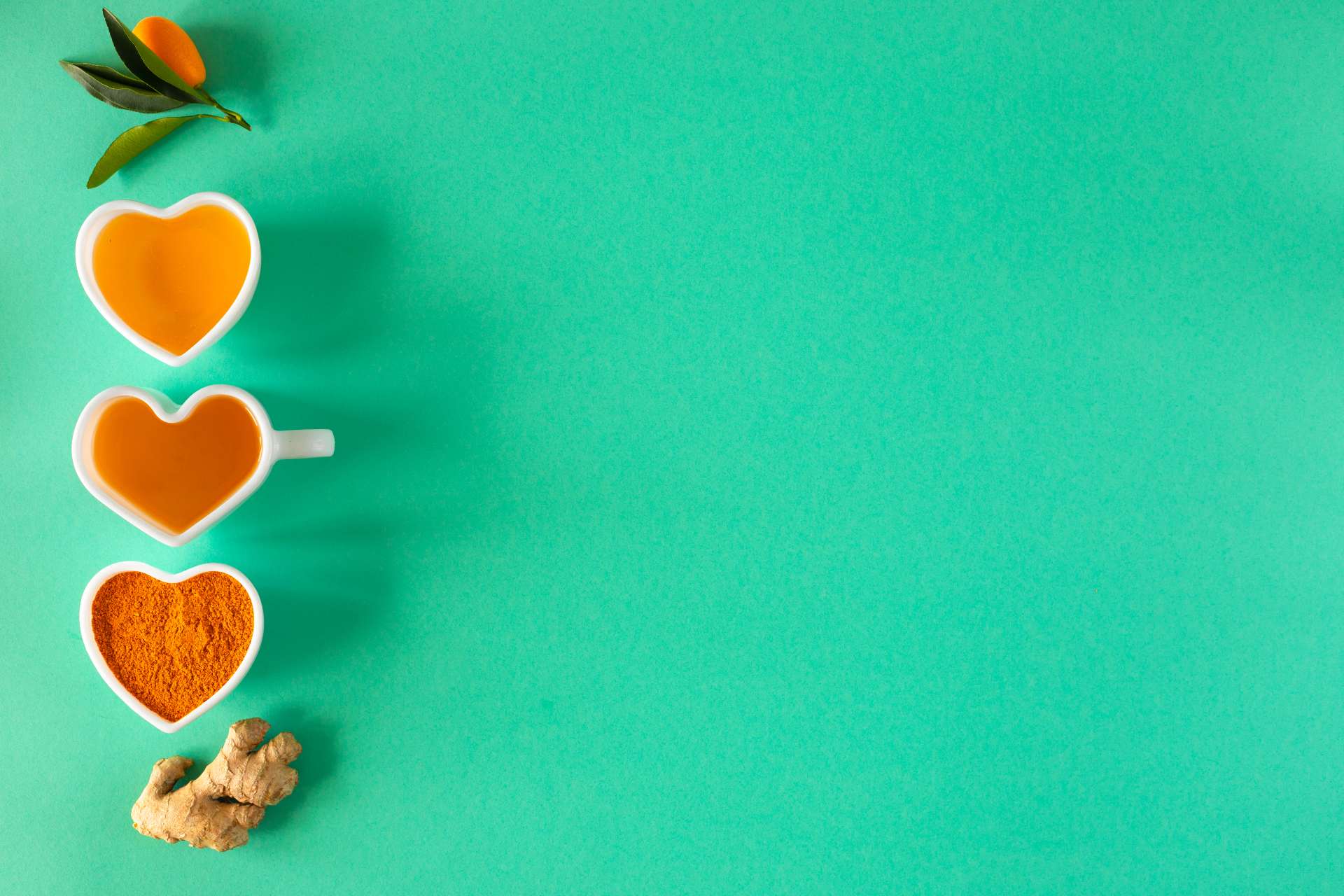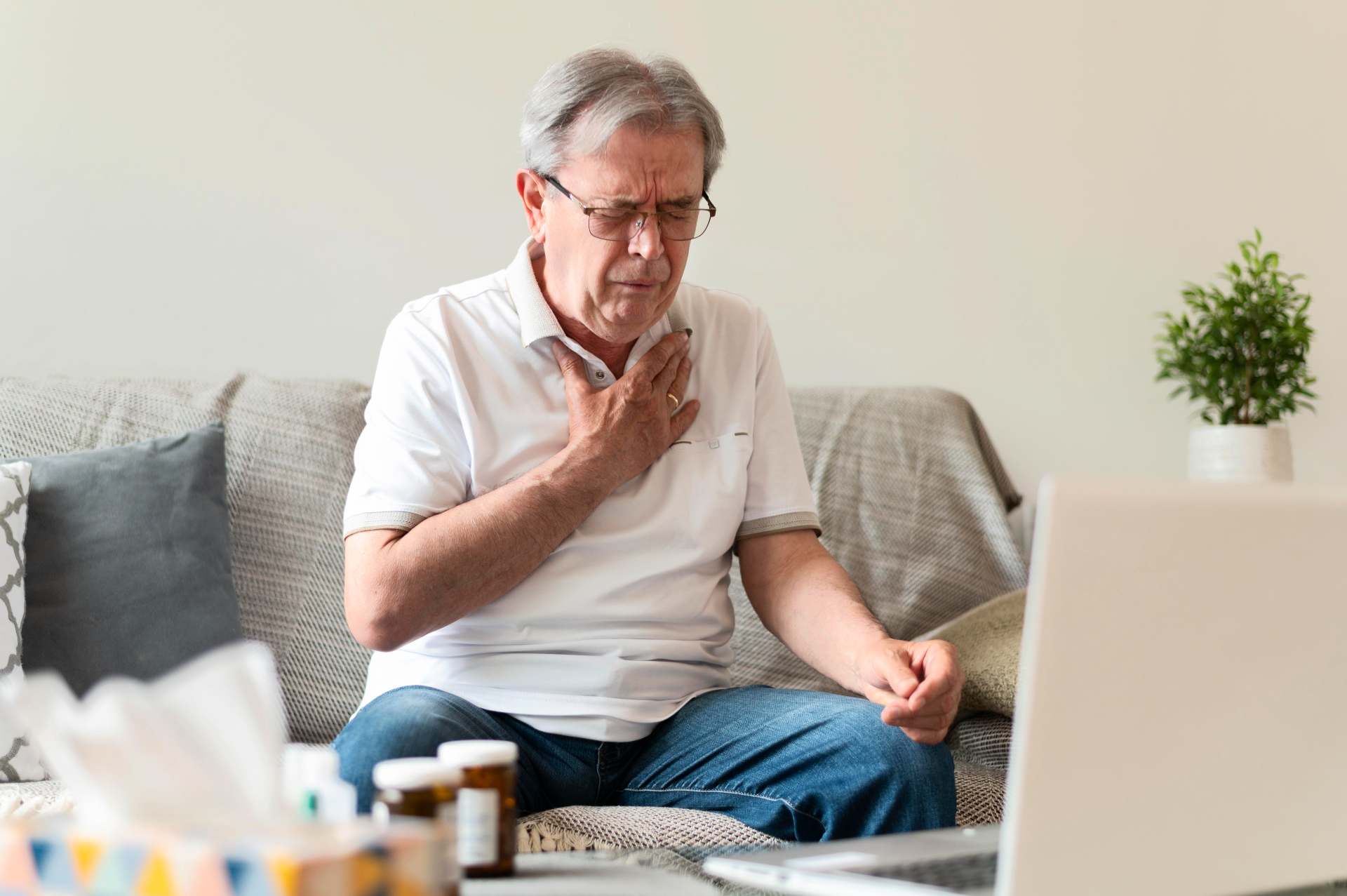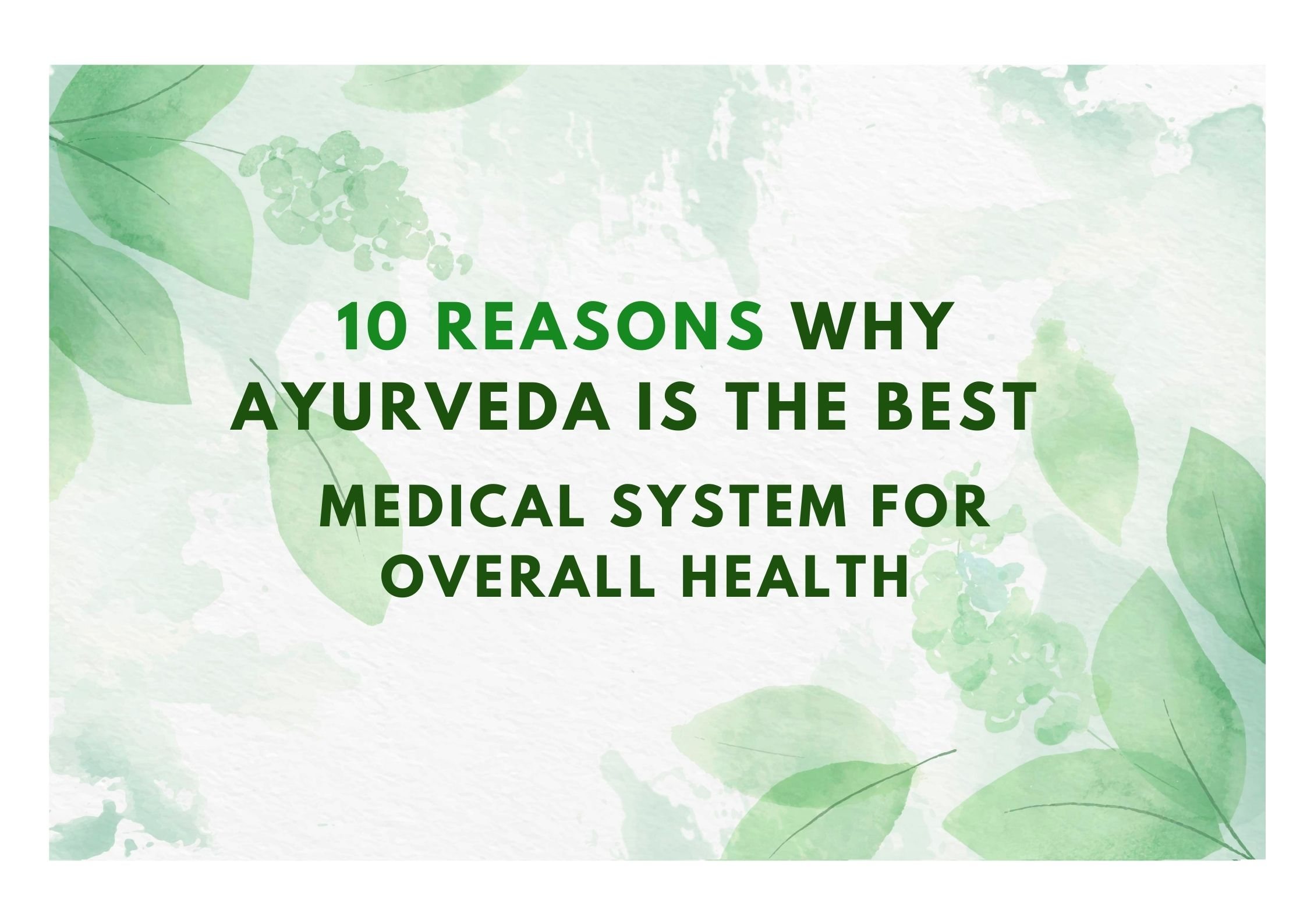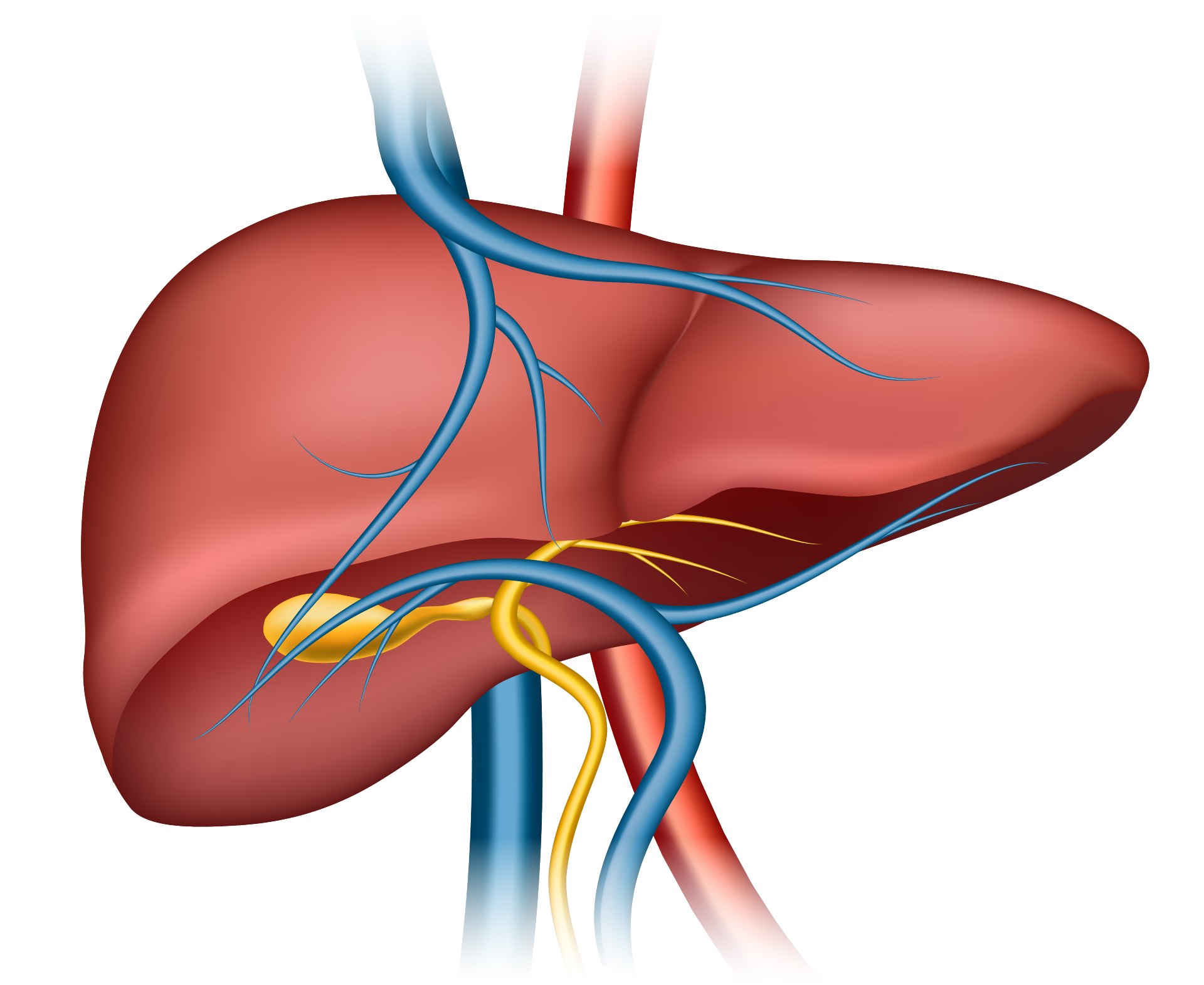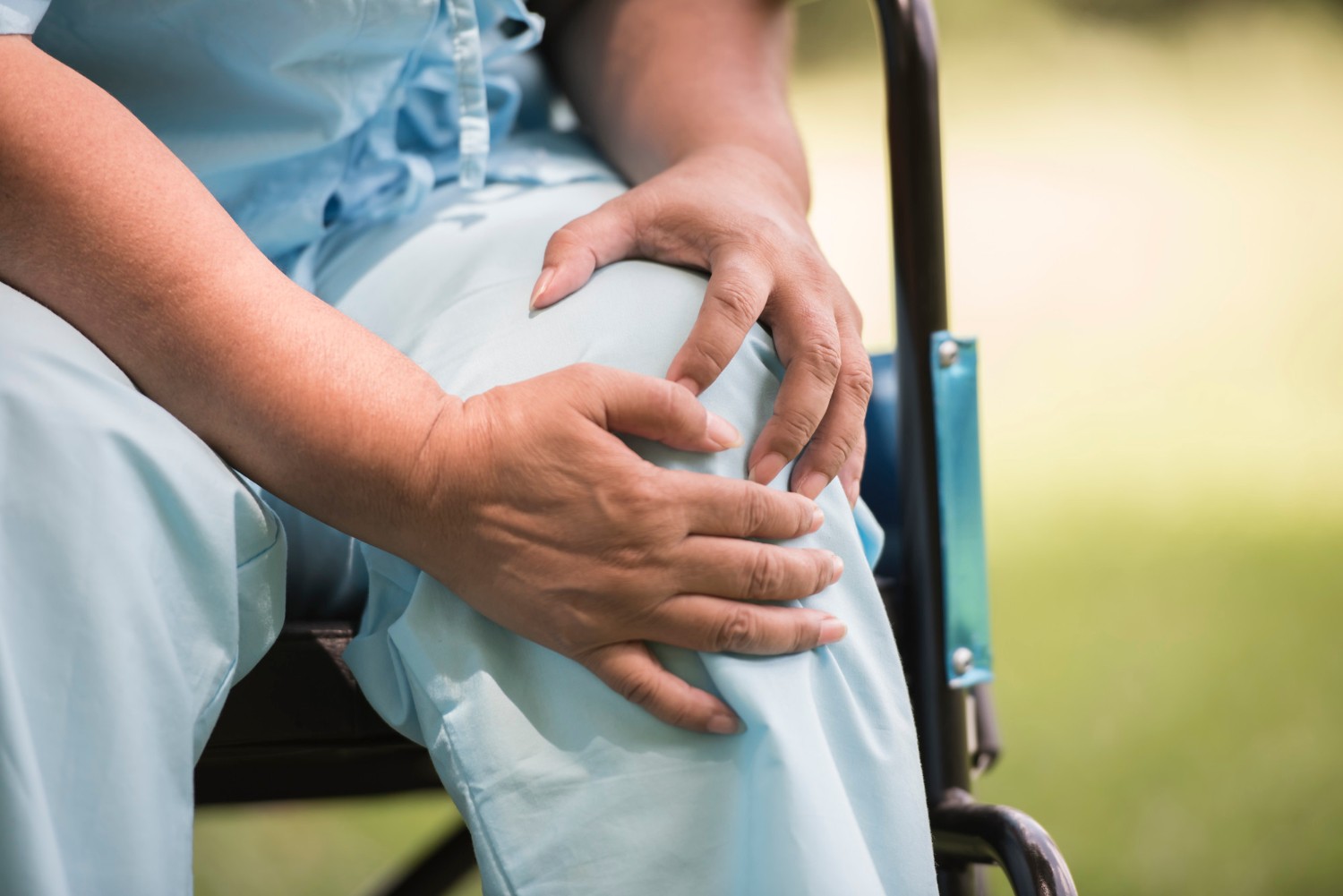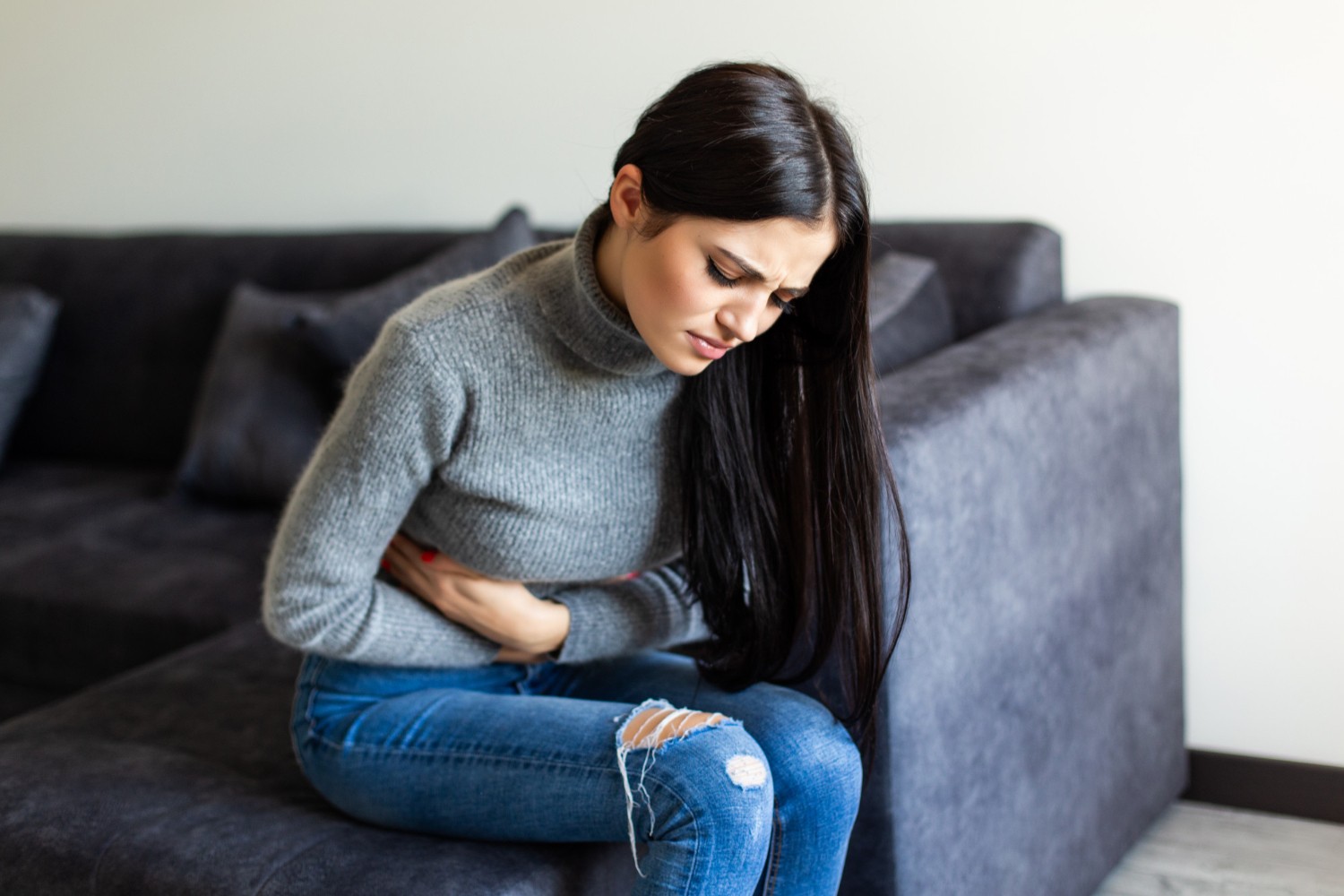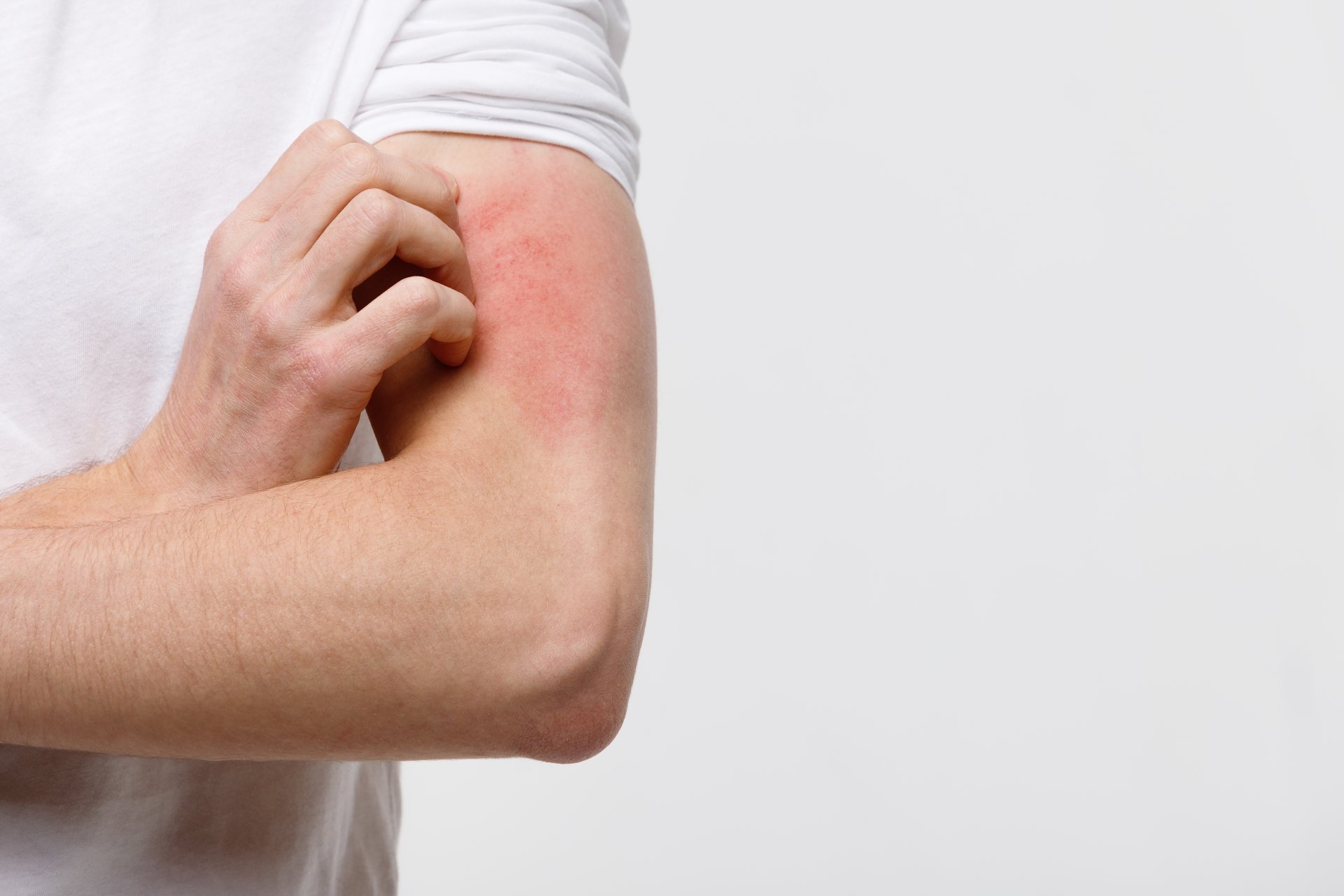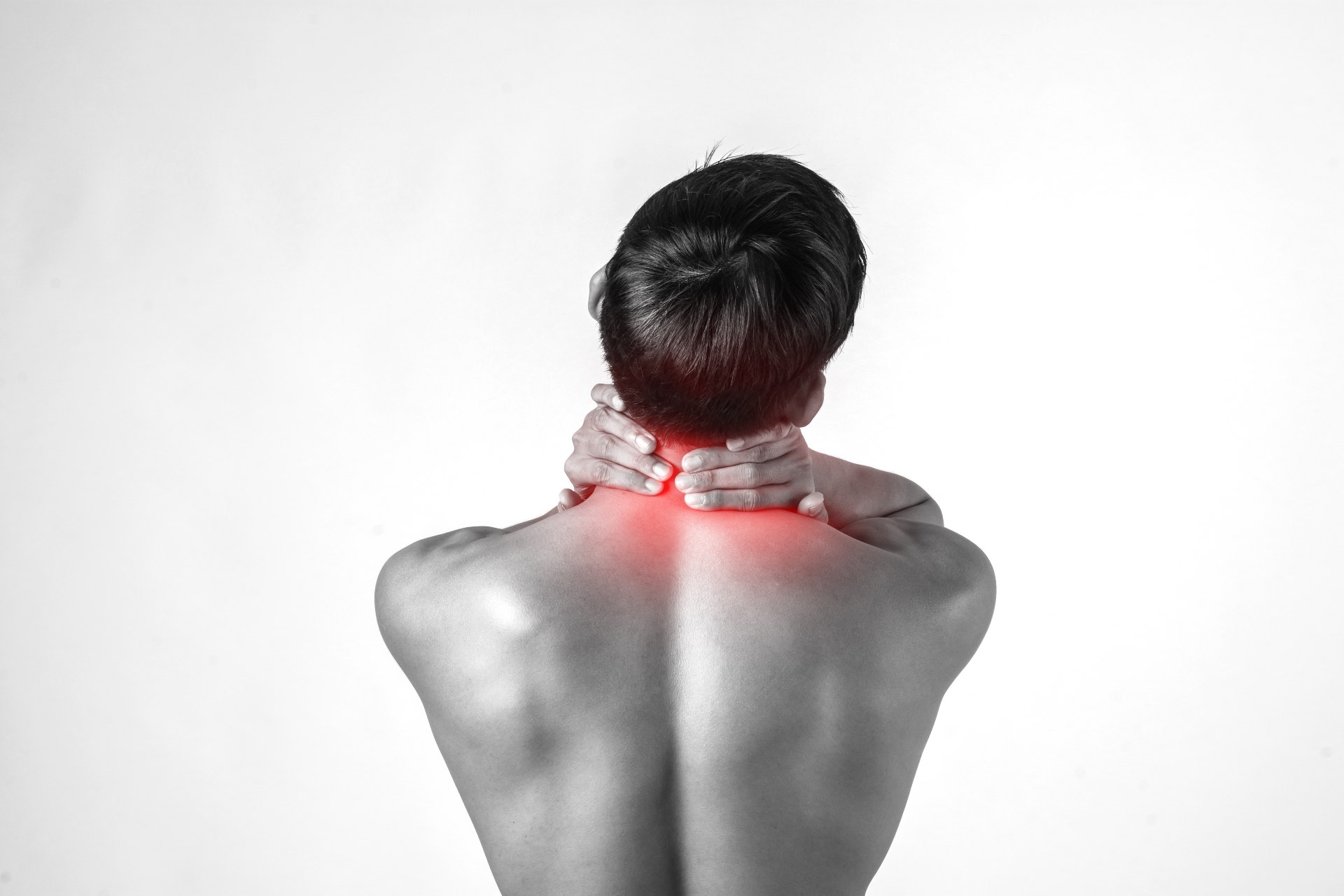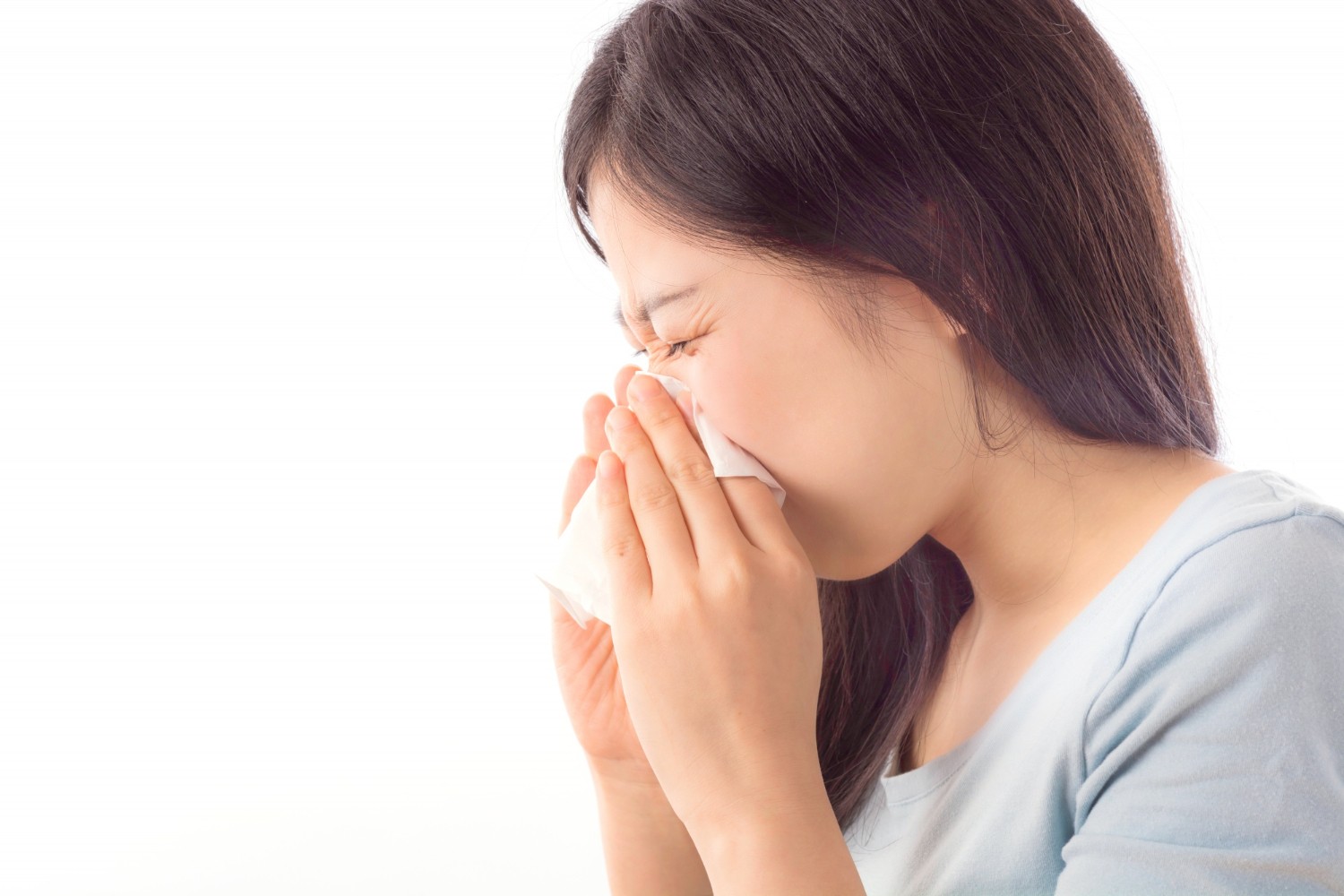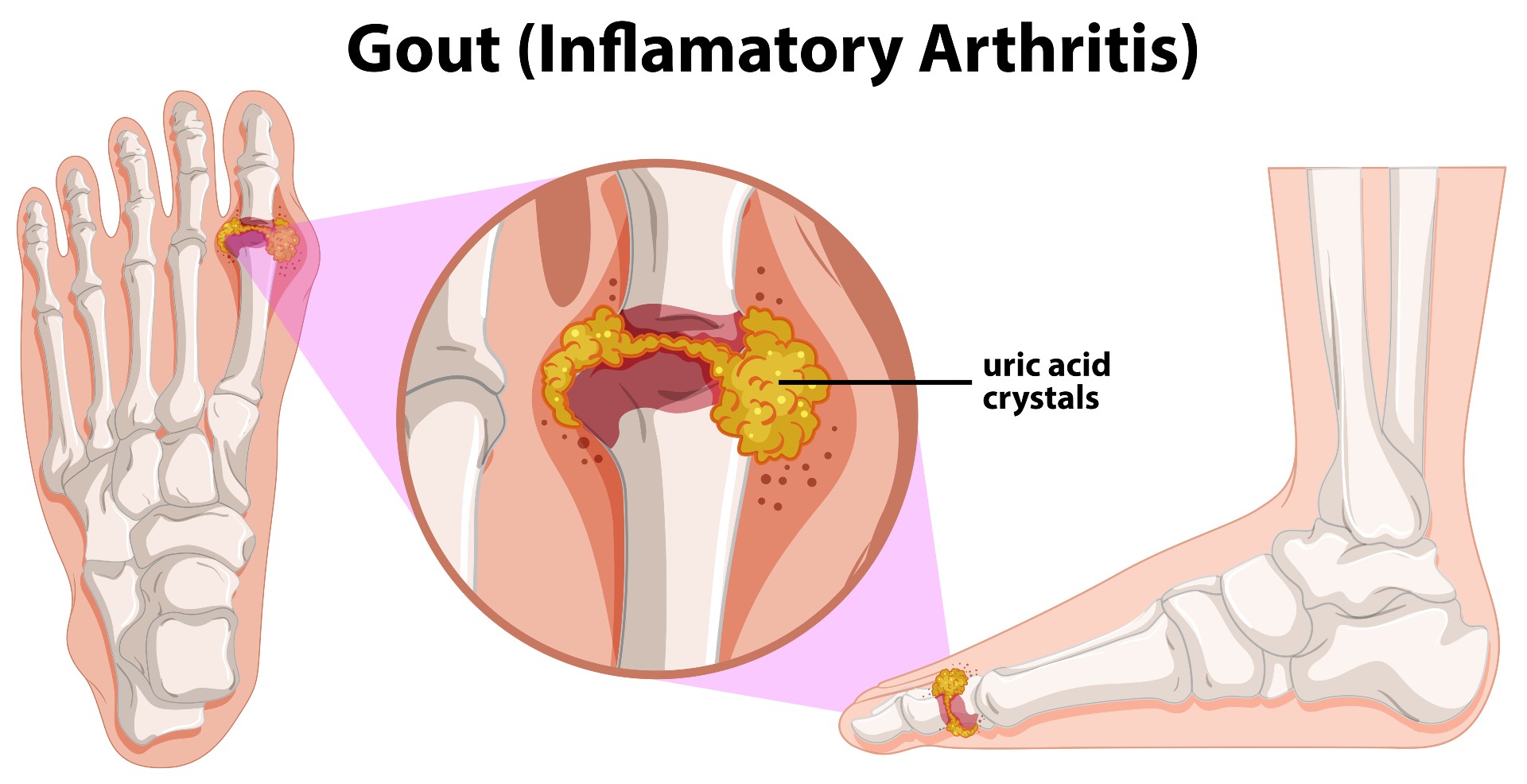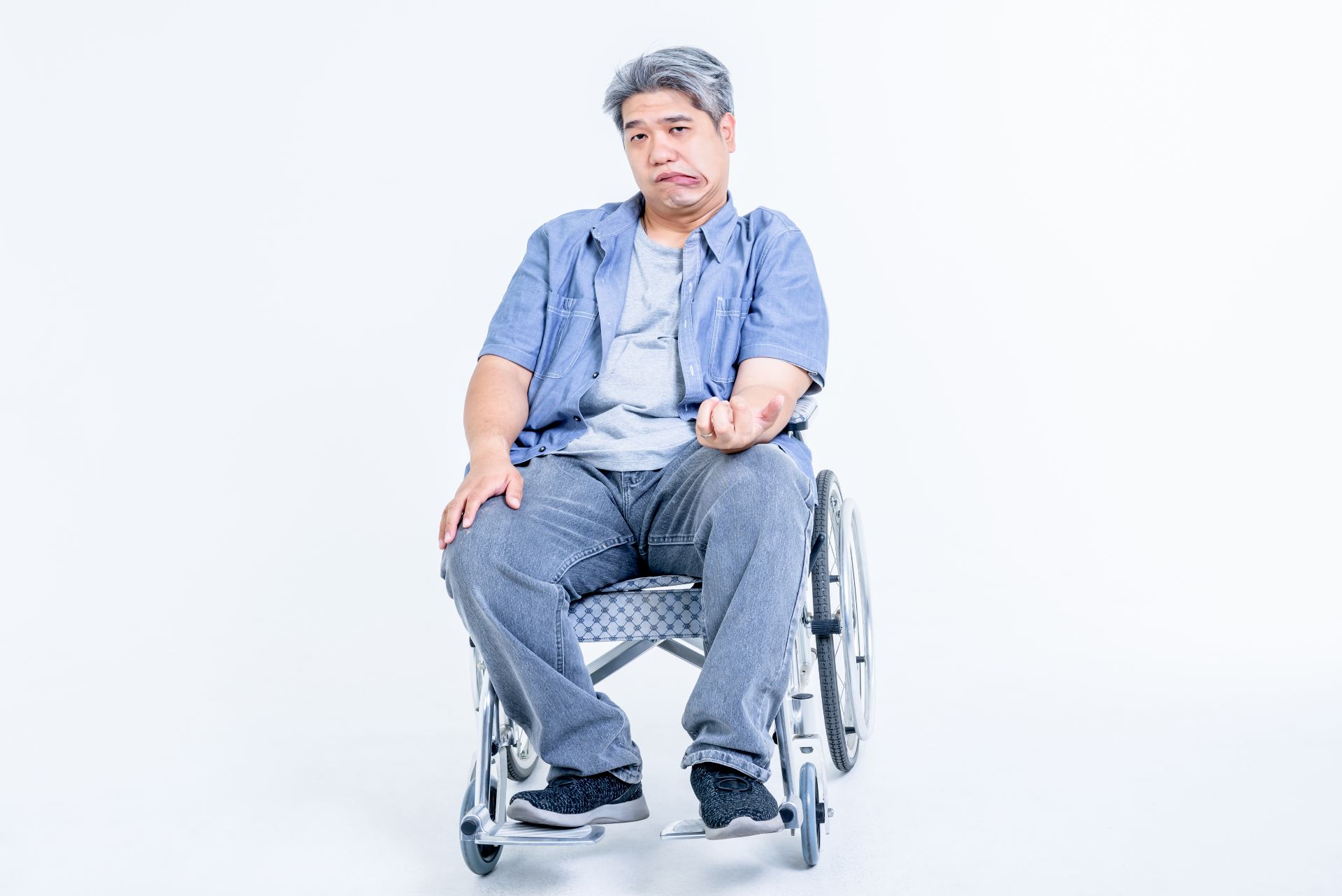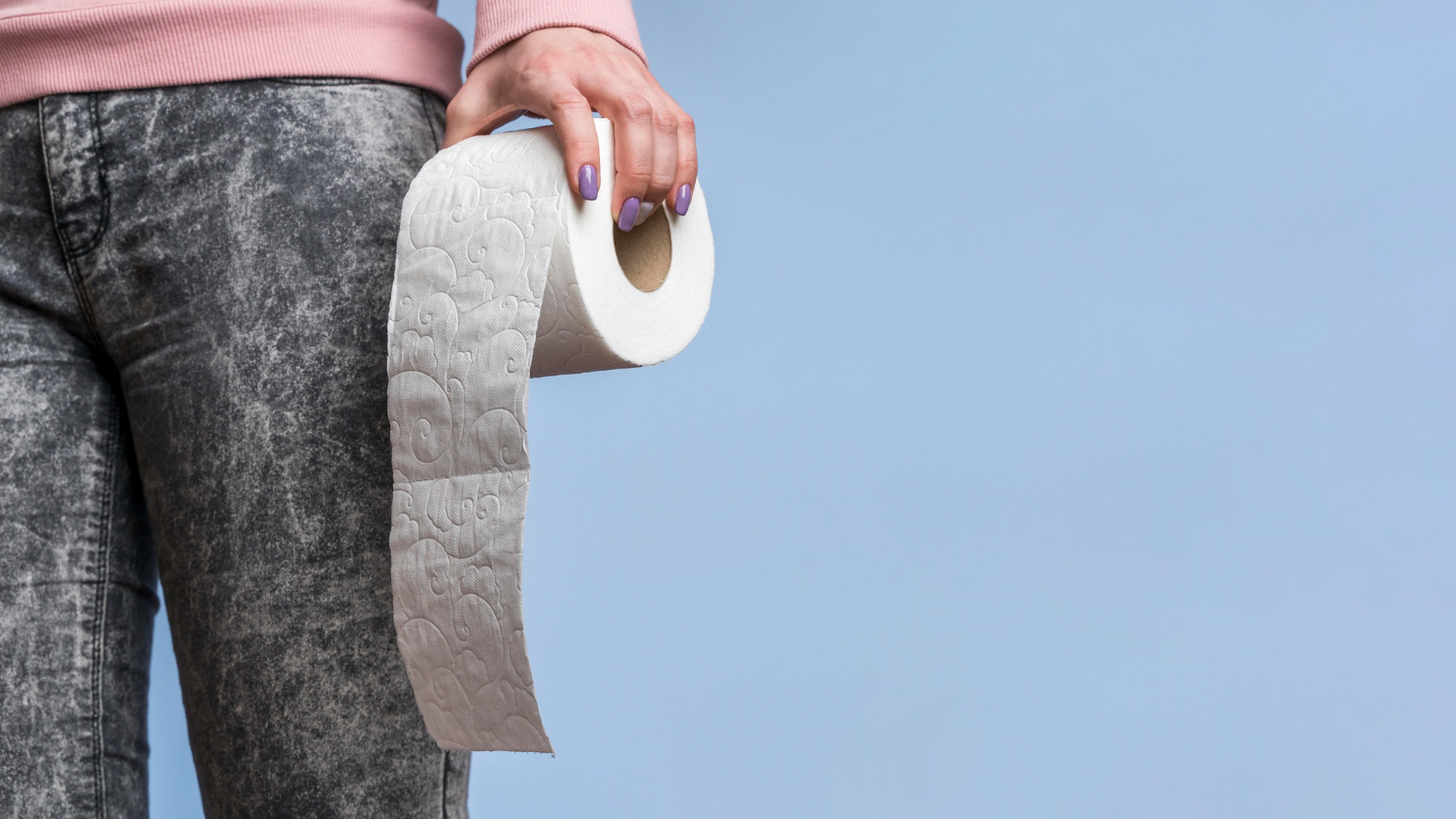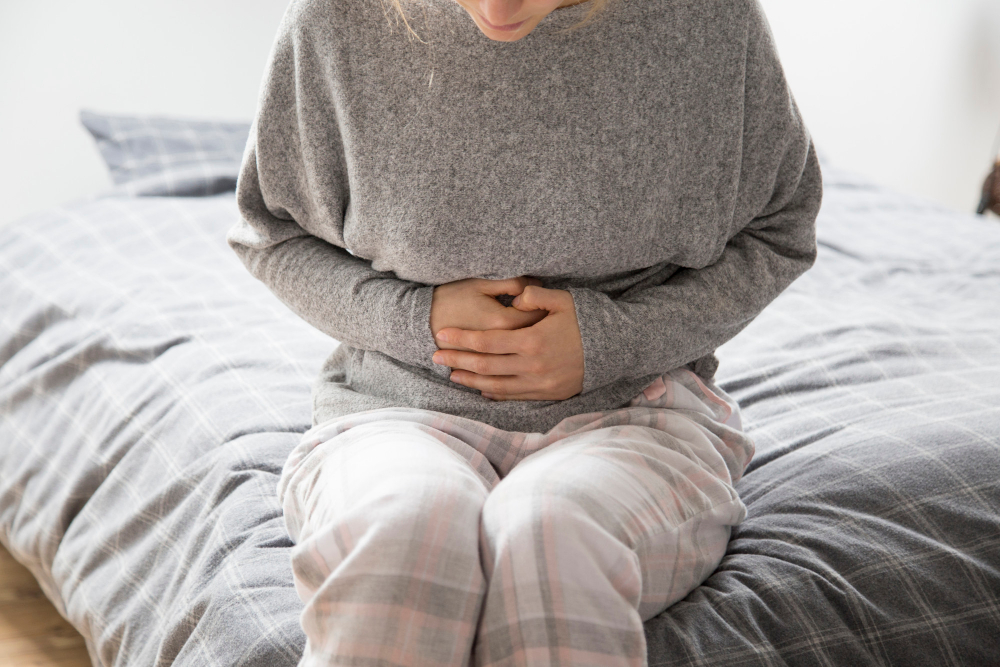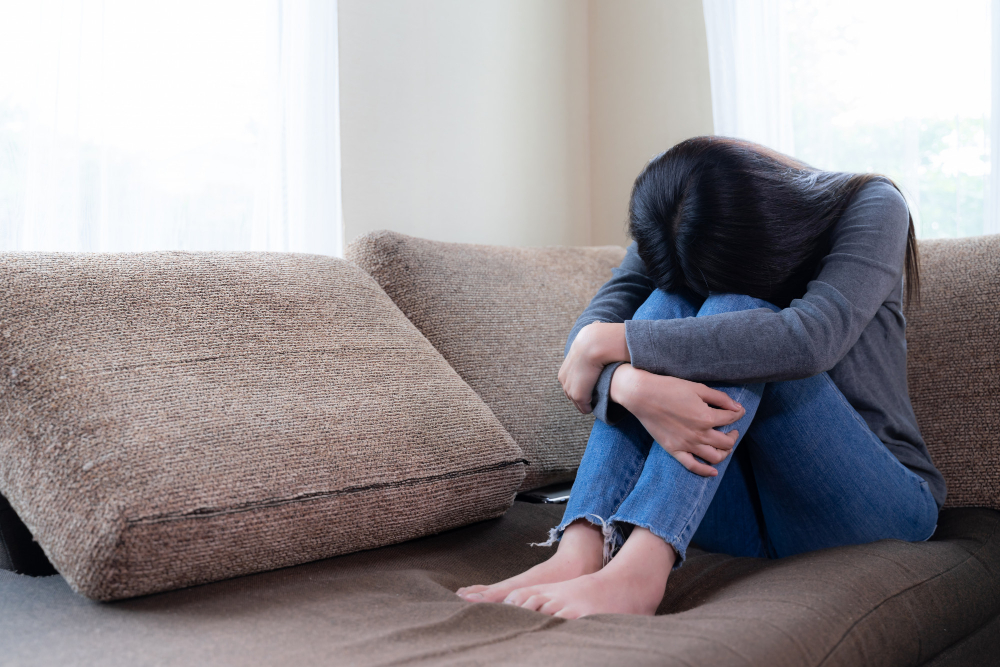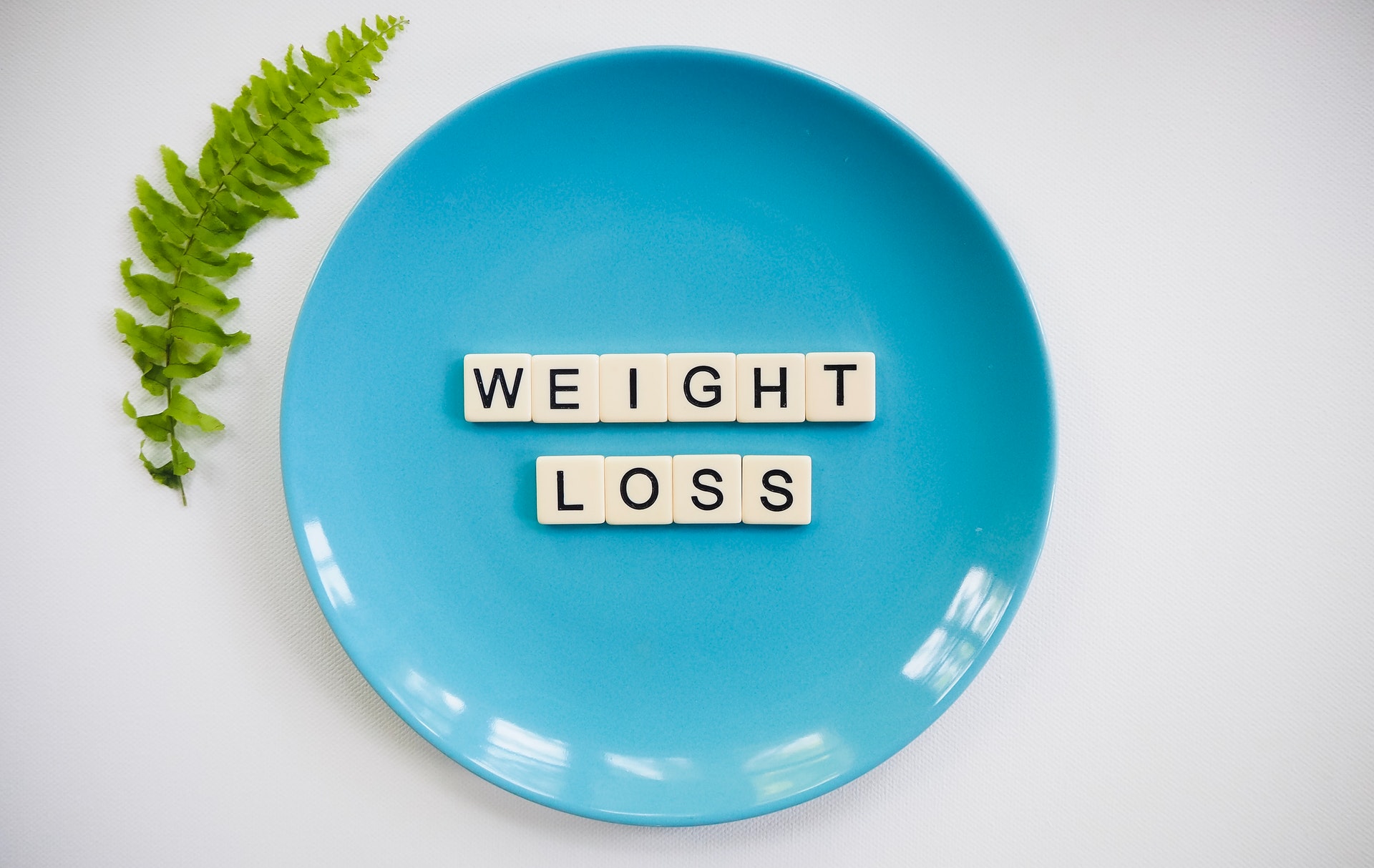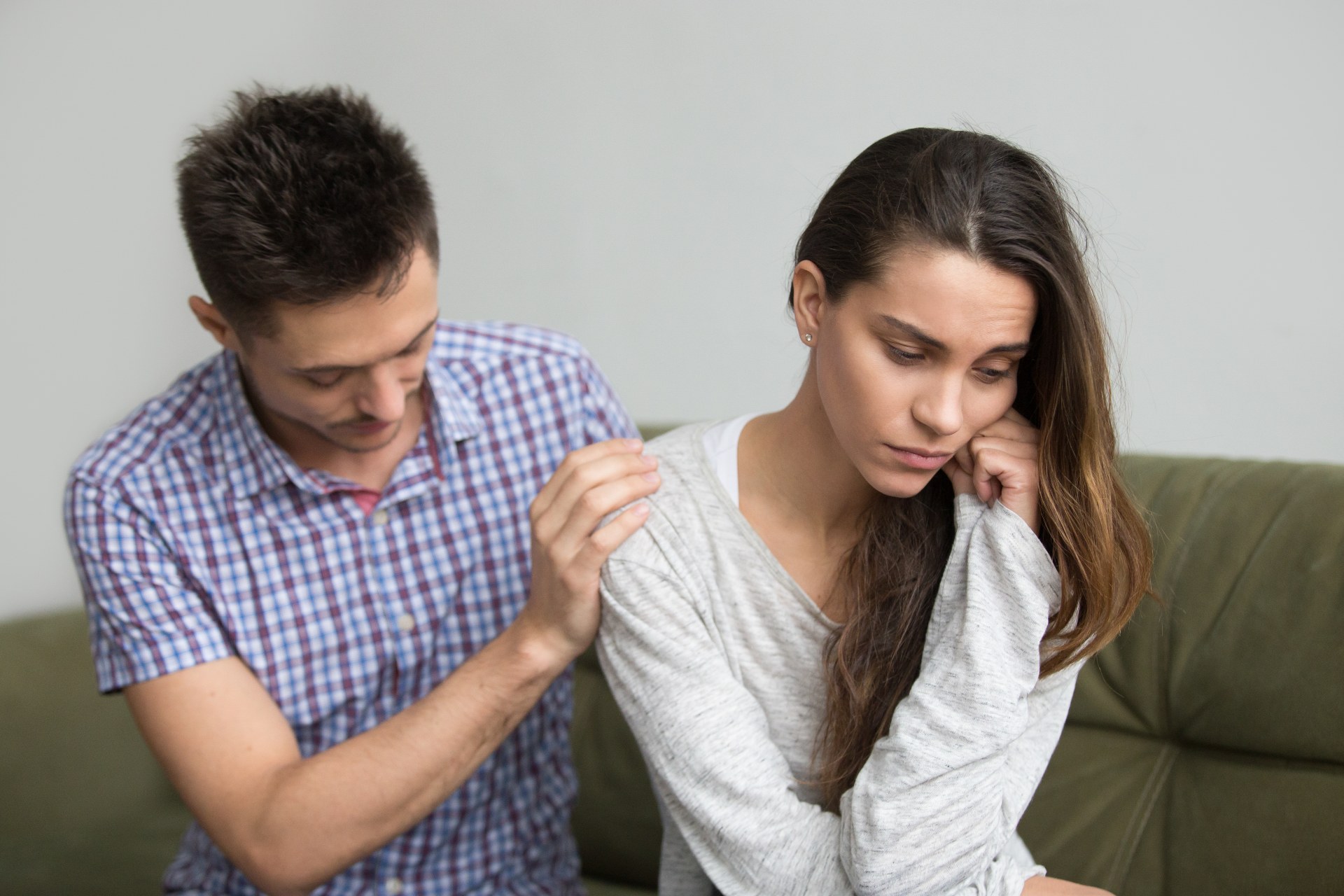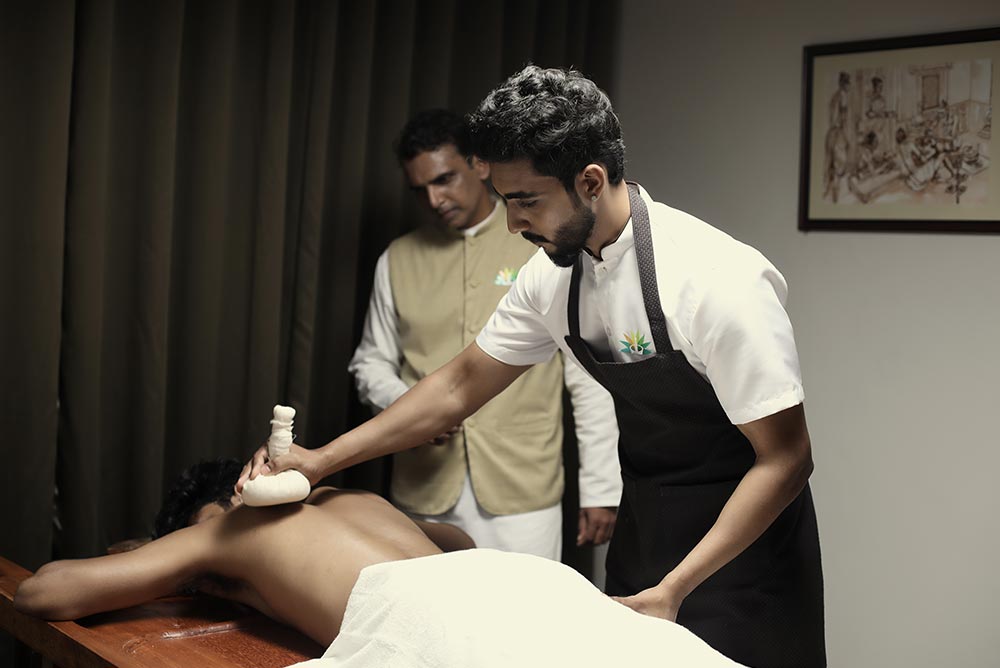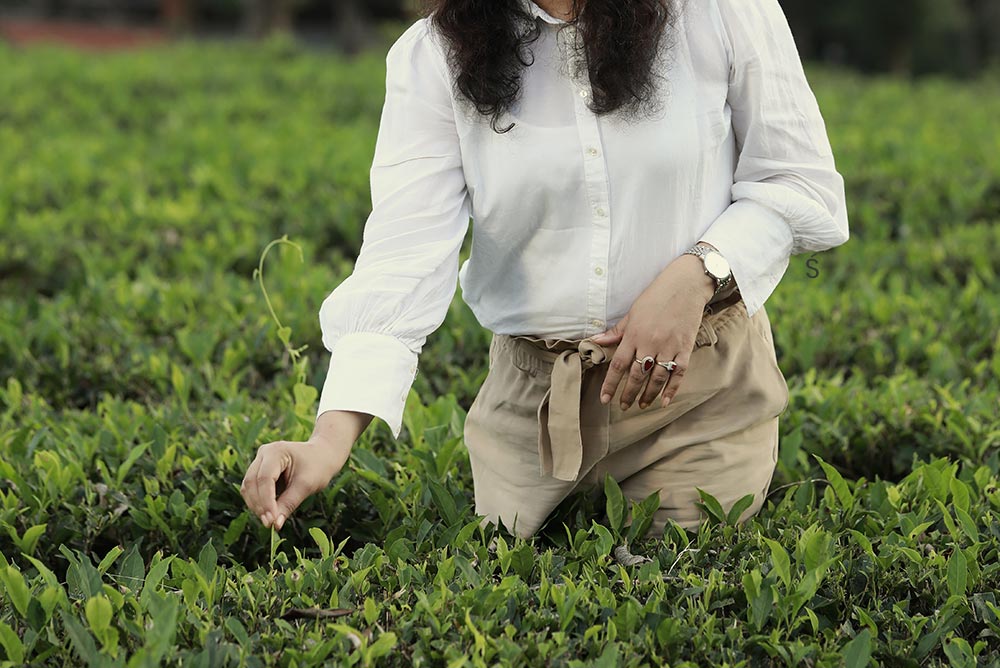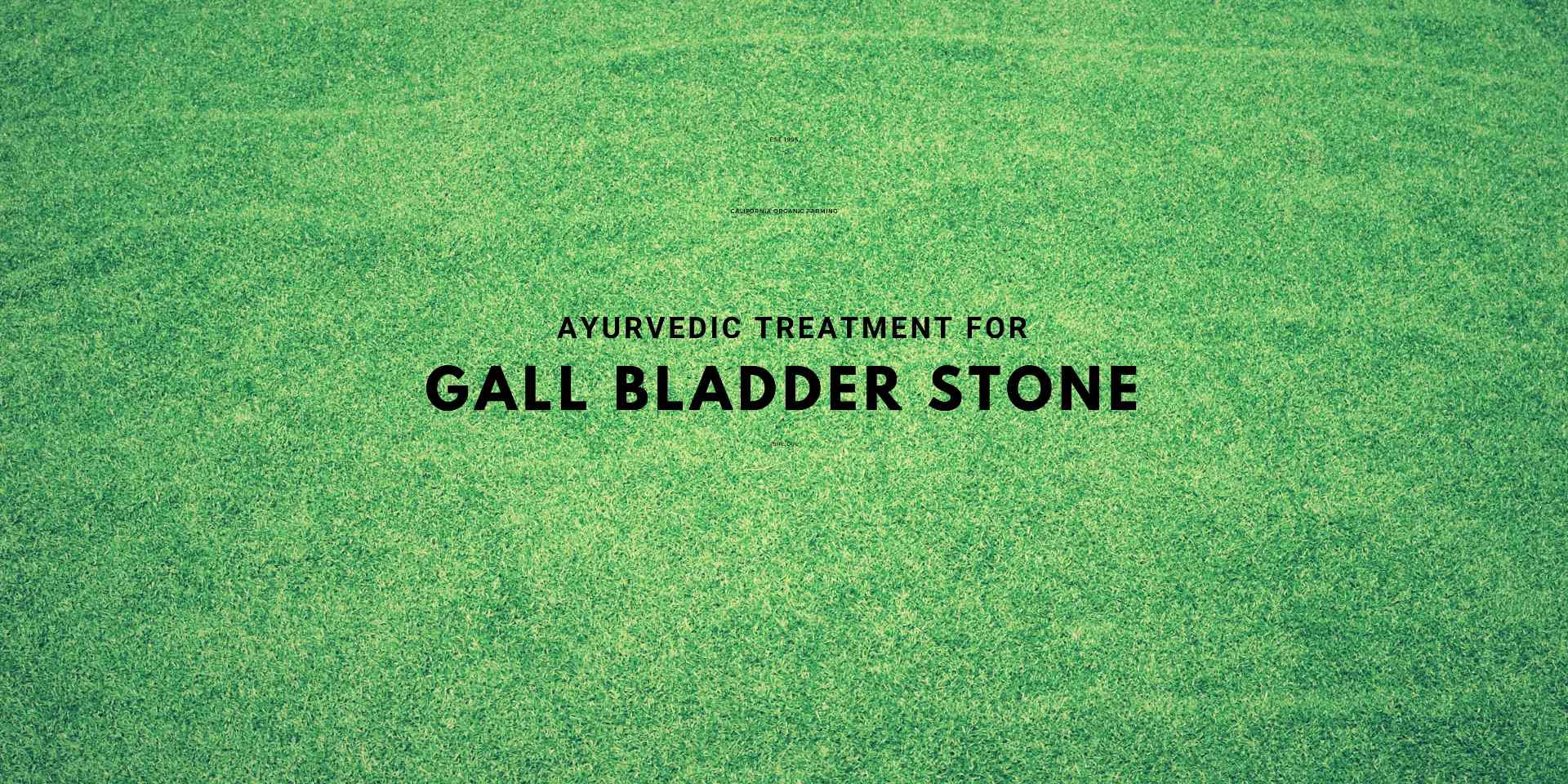
Ayurvedic treatment for gall bladder stone
Gallstones are hardened deposits of digestive fluid that can form in your gallbladder, which is a small, pear-shaped organ on the right side of your abdomen, just beneath the liver. The gallbladder holds a digestive fluid called bile that is released into the small intestine. Gallstones range in size from as small as a grain of sand to as large as a golf ball. Some people develop just one gallstone, while others develop many gallstones at the same time. People who experience symptoms from their gallstones usually require gallbladder removal surgery, while gallstones that don't cause any signs and symptoms typically don't need treatment.
Remember that gallstones may cause no signs or symptoms. If a gallstone lodges in a duct and causes a blockage, the resulting signs and symptoms may include sudden and rapidly intensifying pain in the upper right portion or centre of your abdomen, back pain between the shoulder blades, pain in the right shoulder, and nausea or vomiting. Gallstone pain may last several minutes to a few hours, and can be caused by varying reasons like your bile containing too much cholesterol, for instance. Typically, bile contains enough chemicals to dissolve the cholesterol excreted by your liver. But if your liver excretes more cholesterol than your bile can dissolve, the excess cholesterol may form into crystals and eventually into stones. It could also be because your bile contains too much bilirubin, a chemical produced when your body breaks down red blood cells. Certain conditions cause your liver to make too much bilirubin, including liver cirrhosis, biliary tract infections and certain blood disorders. The excess bilirubin contributes to gallstone formation. Another reason could be due to your gallbladder not emptying correctly. If it doesn't empty completely or often enough, bile may become very concentrated, contributing to the formation of gallstones.
The types of gallstones that can form in the gallbladder include cholesterol gallstones, which are the most common type and often appears yellow in colour. These gallstones are composed mainly of undissolved cholesterol, but may contain other components. Pigment gallstones, on the other hand, are dark brown or black stones that form when your bile contains too much bilirubin.
Of course, there are numerous factors that may increase the risk of gallstones. Being above 40 years of age, obesity, pregnancy, and being sedentary are a few factors. Eating a high-fat diet, high-cholesterol diet, or a low-fibre diet can also contribute to the condition as does having a family history of gallstones, diabetes, certain blood disorders like sickle cell anaemia or leukaemia, liver diseases and the like.
Complications can include inflammation of the gallbladder, whereby a gallstone that becomes lodged in the neck of the gallbladder can cause inflammation of the same. The condition is called cholecystitis, and can cause severe pain and fever. Gallstones can also block the tubes or ducts through which bile flows from your gallbladder or liver to the small intestine, causing severe pain, jaundice and bile duct infection. Similarly, gallstones can cause a blockage in the pancreatic duct, which can lead to inflammation of the pancreas, known as pancreatitis, resulting in intense and constant abdominal pain.
According to Ayurveda, all three Vata dosha, Pitta dosha, and Kapha dosha play a part in the formation of gallstones, with Pitta dosha being the primary culprit. The excessive increase of Pitta - caused by hot or spicy food, alcohol etc - and Kapha aggravated by fatty, protein-rich foods get mixed and produce a highly sticky substance in the gallbladder. This Pitta- and Kapha-vitiated mixture becomes dry due to aggravated Vata and results in stones. Gallstones are related to three conditions - Gulma, Pitta Ashmari, and Sneha Guna Vruddhi of Kapha and Pitta.
At Jeevess, the Ayurvedic understanding of gallstones is referred to as Pitta Ashmari and offers effective remedial measures. Like any other disease management, Ayurvedic gallstone treatment is based on root-cause diagnosis and is personalised for every patient. Ayurvedic gallstone treatment involves the use of highly effective stone dissolving (lithotripsic) herbal formulae along with herbs to cleanse the liver and restore its function.
One can reduce the risk of gallstones if you don't skip meals as skipping them or fasting can increase the risk in some people. Try losing weight slowly as rapid weight loss can also increase the risk. Eat more high-fibre foods consisting of fruits, vegetables and whole grains instead of consuming foods that contain saturated fats. You should strive to achieve a healthy weight by reducing the number of calories you eat and increasing the amount of physical activity you get. Once you achieve a healthy weight, work to maintain that weight by continuing your healthy diet and continuing to exercise.
